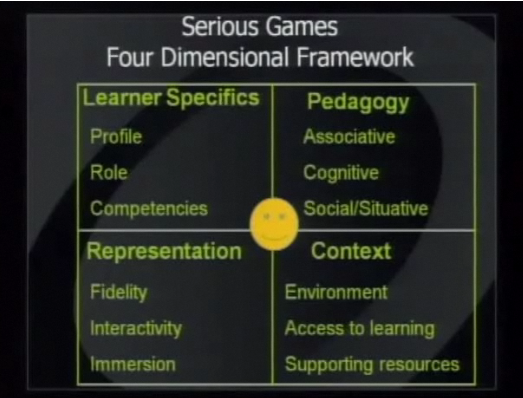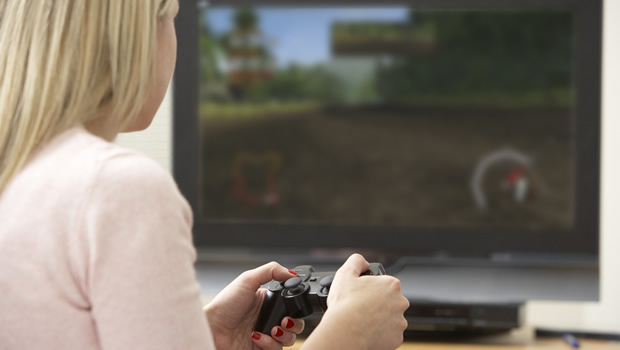I have been thinking about penning this one for a couple of weeks now, but just couldn’t do sooner. And as I worked on this one I realized some of them have already faded away from my memory. So I had to rely on the session videos put up on Game Based Learning website and my own notes from the sessions. Also in order to make it happen I would be putting my Day 2 recap in 2 or 3 parts covering the sessions I liked.
After day 1 at the Game Based Learning conference I was looking forward to another great day.
I headed straight to the session titled “Getting Serious about Games”. First up was Mary Mathews, Strategy and Business Development Director, TruSim.
She started off by putting up a slide to show that everyone is playing game. We all enjoy playing games and to socialize so it is only natural for us to be playing games and social media is just helping make that easier. The critical part of a game is the ‘yes, I have done it!’ moment. When we feel that achievement, the moment when we get the reward. It is this moment that we need to focus on in developing serious games too. The reward is placed at the heart of the four dimensional framework that they use for developing serious games.
She shared a trailer of the Triage Trainer – one of the games that TruSim has built. It develops accurate decision making in the life saving skill of Triage. The game is set at the scene of a bomb explosion in a busy high street and the player’s job is to prioritize the multiple casualties for treatment. Trainees need to follow set protocols to make decisions and are faced with highly realistic characters which react emotionally and physically to their injuries. I really liked the high quality of graphics and the engagement level this game generates. No wonder that in trials they could see statistically significant better results in trainees exposed to this solution as compared to those undergoing the traditional training.
You can experience it first-hand here in this video trailer.
She also demonstrated the Patient Rescue program that they are working on for the NHS. It is reported that people going into hospitals in August have higher chance of dying and coincidentally that’s the time when junior doctors come in. Isn’t that scary! It strongly emphasizes the need for better training of junior doctors and games could provide that crucial exposure to live but risk free situations. This game helps health professionals to understand the signs of patient deterioration, use correct assessment protocols, and intervene effectively.
To end the session Mary listed some key points about rewards design:
- Meaningful for the learner
- Appropriate for learning
- Stimulate a desire to continue
- Designed in from the start
- Integrated for blended learning
As I understood from Mary in a quick chat after her session Triage would be made available on license basis and they are looking to price it low. Also it is customizable and can be of great help for development companies like ours to use that as a base and create locally relevant serious games without incurring the same sort of expense.















